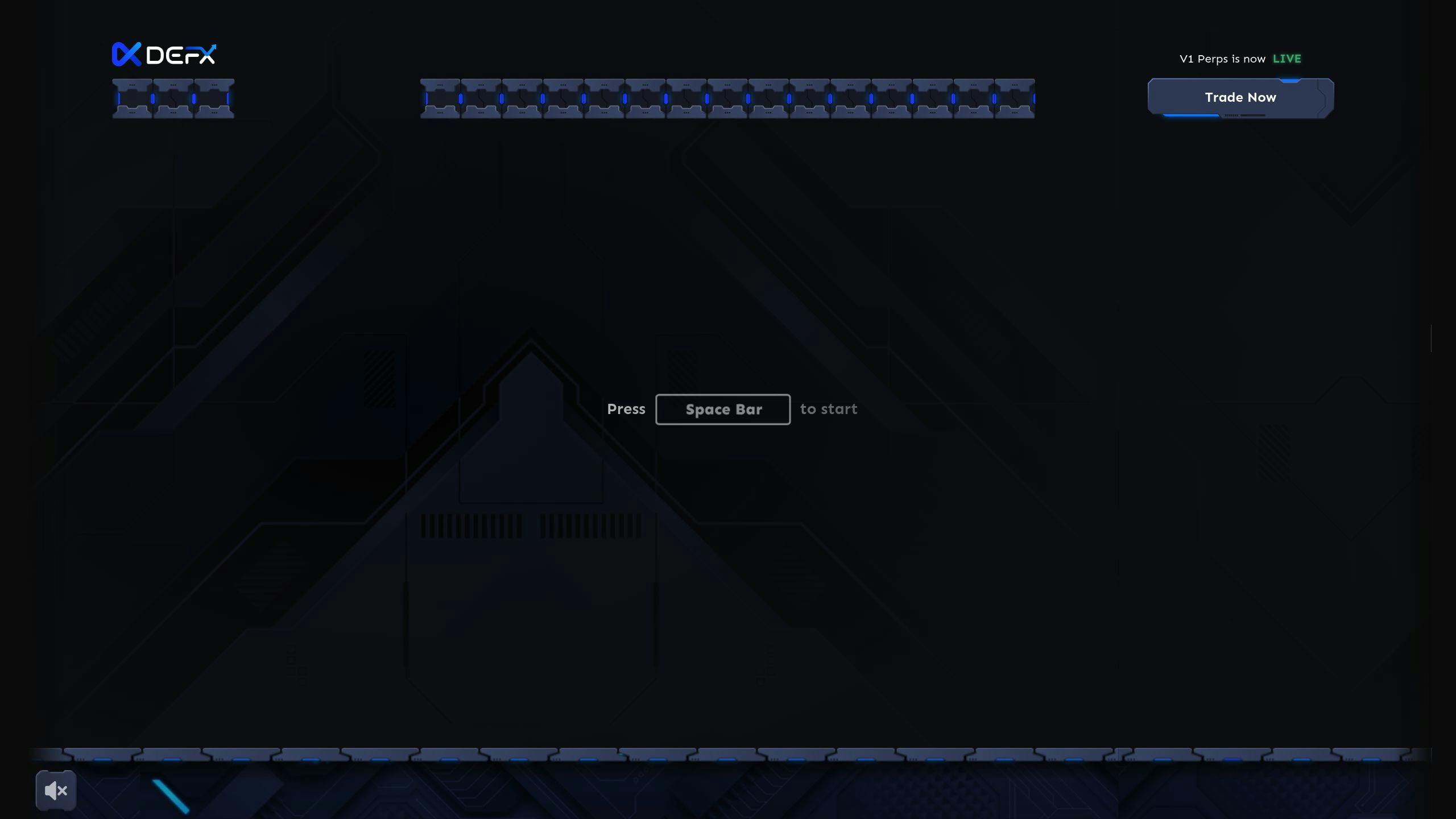Liquidity mining has reshaped DeFi but faces key challenges like token inflation, harmful competition, liquidity instability, and regulatory uncertainty. Here’s how protocols can address these issues:
- Control Token Supply: Use dynamic emission systems to prevent oversupply and stabilize token value.
- Encourage Long-Term Staking: Offer tiered rewards to reduce short-term liquidity shifts.
- Build Partnerships: Collaborate with other protocols to share liquidity and reduce competition.
- Ensure Compliance: Adopt KYC/AML measures, audits, and transparent reporting to navigate legal risks.
Example: Defx uses smart token release systems, long-term incentives, and compliance measures to balance growth and stability, offering tools like real-time data and risk dashboards for liquidity providers.
These strategies show how liquidity mining can evolve to be more stable and effective. Keep reading for detailed solutions and insights.
Sustainable Rewards: Understanding UP v2
4 Major Problems in Liquidity Mining
As the DeFi ecosystem grows, liquidity mining faces some tough challenges. Here are four key problems that protocols need to tackle to ensure they can thrive in the long run.
Token Supply Inflation
When reward tokens lose value due to oversupply, it creates a big problem. Some protocols have seen token values drop by as much as 50% within the first year. To keep rewards attractive, they ramp up token emissions, which only worsens the issue. A smarter approach to controlling token release can help break this cycle and stabilize value.
Harmful Protocol Competition
Protocols often compete by offering sky-high APYs, but this approach isn’t sustainable. For instance, platforms like Uniswap and SushiSwap sometimes focus on short-term rewards that destabilize the ecosystem. Building partnerships between protocols could reduce this harmful rivalry and encourage more balanced growth.
Short-Term Liquidity Challenges
Liquidity providers frequently jump from one pool to another, chasing better yields. This behavior causes price swings and makes trading conditions unreliable, defeating the purpose of liquidity pools. Offering rewards for long-term staking could help stabilize liquidity and create a more dependable trading environment.
Legal and Compliance Uncertainty
Regulatory gray areas around token classification, taxes, and anti-money laundering (AML) rules add another layer of risk. Protocols need to find ways to offer competitive rewards while staying compliant with regulations like KYC and transparent reporting. A strong compliance framework can help protocols navigate these risks without sacrificing efficiency.
Solving these issues will require creative thinking and a balance between user rewards, system stability, and regulatory adherence. Up next, we’ll dive into strategies that can help make liquidity mining programs more resilient and effective.
sbb-itb-dd9e24a
4 Solutions for Better Liquidity Mining
Improving liquidity mining requires practical approaches that tackle common challenges. Here are four effective strategies.
Smart Token Release Systems
Dynamic emission systems help manage token oversupply by adjusting release rates based on market trends. These systems rely on real-time data, such as market volatility, trading volume, liquidity depth, and price impact, to fine-tune token distribution. This approach prevents flooding the market with excess tokens.
Long-term Staking Rewards
Offering tiered staking rewards encourages stability in liquidity pools. For example, protocols can provide base annual yields of 8-12%, with additional rewards of up to 8% for longer staking periods, ranging from 3 to 12 months. This structure discourages short-term yield farming and promotes a more consistent liquidity environment.
Protocol Partnerships
Collaborations between protocols reduce unnecessary competition and improve efficiency. A good example is the shared liquidity pools between Compound and Aave, which enhance capital utilization. These partnerships lead to benefits like reduced risks, better market stability, and stronger ecosystems. However, ensuring compliance is key to maintaining these alliances over time.
Regulatory Compliance Methods
Protocols are adopting thorough compliance measures to align with regulations while maintaining operational efficiency. This includes regular audits, automated monitoring systems, transparent reporting, and clear governance practices. These steps build trust and ensure long-term sustainability.
Defx: A Case Study

Defx Perps DEX showcases fresh methods for maintaining liquidity through its well-thought-out features and reward systems. It integrates smart token release strategies, long-term staking incentives, and compliance measures to create a balanced and efficient ecosystem.
Defx LP Tools and Features
Defx’s liquidity tools are designed with a focus on reducing risks and maintaining stability. By using isolated margin trading, the platform minimizes systemic risks by keeping each trading position’s collateral separate. Its high-speed order matching system ensures transactions are processed quickly, improving capital efficiency.
For liquidity providers, Defx offers a suite of tools like real-time market data, pool performance metrics, automated strategies, and risk dashboards. These features help users make informed decisions and manage their positions effectively. Together, these tools form a robust risk management framework that supports consistent liquidity.
Defx Token and Reward Design
Defx’s token model is built to encourage long-term engagement. The platform uses vesting schedules, flexible fee structures, and collaborations with other protocols to maintain liquidity and strengthen its ecosystem. This approach reduces the influence of short-term trading and promotes stability.
To ensure compliance and security, Defx has implemented strong KYC/AML measures. These efforts help protect liquidity providers and ensure the platform remains viable over time. Key aspects of their strategy include:
- Dynamic fee systems that adjust to market changes
- Vesting schedules to encourage ongoing participation
- Advanced risk management tools for liquidity providers
- Collaborations with other protocols to boost capital efficiency
Defx’s approach provides a clear example for other platforms looking to achieve both growth and stability, paving the way for broader adoption across the industry.
Next Steps for Liquidity Mining
Key Challenges and Metrics
Liquidity mining in the DeFi ecosystem comes with its own set of challenges, including managing token supply and navigating regulatory requirements. Key success indicators include metrics like Total Value Locked (TVL), pool depth, and the average duration of liquidity provider (LP) engagement.
Balancing Growth and Stability
Striking the right balance between market growth and stability depends on fine-tuning token economics and incentive structures. Platforms like Defx show that using tools such as isolated margin trading and advanced risk management can help maintain steady liquidity while encouraging market expansion.
Here’s a breakdown of critical factors influencing sustainable growth:
| Factor | Impact on Growth and Stability |
|---|---|
| Token Release Rate | Avoids oversupply; maintains token velocity |
| Staking Duration | Ensures liquidity remains stable; supports growth |
| Protocol Partnerships | Expands liquidity pools; increases market reach |
| Compliance Measures | Builds user confidence; simplifies regulatory entry |
Both protocols and liquidity providers need to work together to achieve this balance.
Actionable Steps for Protocols and Liquidity Providers
For protocols, adopting robust risk management and compliance strategies is essential. Defx serves as an example, showcasing how advanced tools and frameworks can support these objectives.
Key steps for protocols:
- Regular Audits: Perform thorough security and compliance audits to identify vulnerabilities.
- Risk Monitoring: Use advanced tools to track and manage risks effectively.
- Community Involvement: Develop decentralized governance structures to engage stakeholders.
Liquidity providers, on the other hand, should focus on managing their portfolios wisely and participating in governance. Diversifying investments across stable and compliant protocols can help mitigate risks while maximizing returns.
